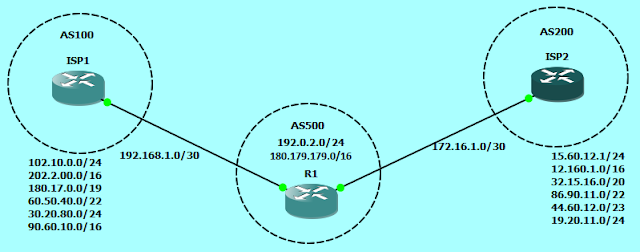Transport Zone and Transport Node in VMware NSX-T
Transport Zones
A transport zone controls which hosts a logical switch can reach. It can span one or more host clusters also known as transport nodes.
If two transport nodes are in the same transport zone, VMs hosted on those transport nodes can be attached to the NSX logical switch segments that are also in that transport zone. If VMs are attached to switches that are in different transport zones, the VMs cannot communicate with each other.
A Transport Zone defines a collection of hosts that can communicate with each other across a physical network infrastructure. VM communication between different hosts within the same TZ happens over one or more interfaces defined as a Tunnel End Point (TEP). VM communication to a physical network happens using logical routers and not TEP.
Host Transport Node
A node (ESXi, KVM, Bare Metal etc.) can serve as a transport node if it contains at least one hostswitch (NVDS). When creating a host transport node and adding it to a transport zone, NSX installs a hostswitch on the host. The hostswitch is used for attaching VMs to NSX logical switch segments and for creating NSX logical router uplinks and downlinks. It is possible to configure multiple transport zones using the same hostswitch.
Edge Transport Node
An NSX Edge Transport Node can be a physical or virtual form factor. NSX Edge Node provides routing services and connectivity to networks that are external to the NSX deployment.
When virtual machine workloads residing on different NSX segments communicate with one another through a T1, the distributed router (DR) function is used to route the traffic in a distributed, optimized fashion.
However, when virtual machine workloads need to communicate with devices outside of the NSX environment, the service router (SR), which is hosted on an NSX Edge Node, is used.





Comments
Post a Comment